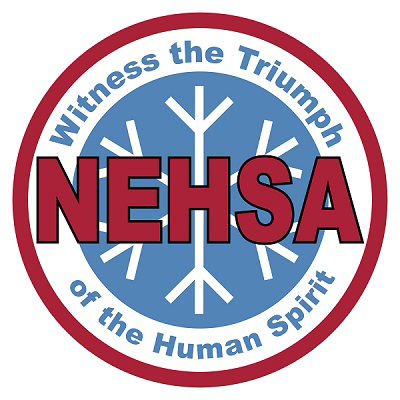Adaptive Programs
New England Healing Sports Association , opens in a new window
The New England Healing Sports Association or “NEHSA” is a seven-day a week non-profit program staffed by volunteers. It is one of the oldest adaptive snow sports learning centers on the east coast with its inception in 1972. NEHSA was founded as a non-profit organization run by and for individuals with disabilities who wanted to enjoy active and independent lives through participation in sports.
Anyone can learn snow sports; NEHSA offers adaptive ski and snowboard lessons to people of all ages and all disabilities. Our knowledgeable and nurturing staff, instructors and assistants are all here to assist you and your family in your quest to enjoy winter sports. This program is a 501©3 nonprofit and as such is dependent on gifts and grants to provide these services.
Our goal is to provide every individual living with a differing ability access to safe and rewarding recreation or if desired we will put your family living with a disability on a clear path to independence through training and understanding of the specialized equipment used in this wonderful sport.
Please visit the NEHSA website for a full program overview or call 603-763-9158 or e-mail INFO@NEHSA.ORG.
Stand-up Skiers
Tri-Track Skiing: Derives its name from the three tracks made in the snow by the two outriggers and the single ski.
Four-track skiers: Use both skis and a pair of outriggers leaving four tracks in the snow!
Visually impaired or Blind skiers: Accompanied by guides and blockers.
Hearing Impaired or Deaf skiers: Often accompanied by a person who can communicate in sign language.
Developmental delay: Participation in recreational activities such as skiing can be extremely important for growth in specific areas of delay as well as provide a valuable opportunity for psychological and social growth.
Sit-down Skiers
Mono-skiers: Sit in a fiberglass shell mounted on a standard ski. They use two shortened outriggers to turn the mono-ski. Mono-skiers are able to maneuver independently on all terrain.
Bi-skiers: Have limited control of their arms and upper body. The bi-ski resembles the mono-ski except for two skis underneath it. A bi-skier may achieve independence or may require tethering by an instructor.
Snowboarding/Riding
Snowboarders: Use Standard Equipment- Snowboards, boots, 2 strap bindings or step in bindings. snowboarders may also use adaptive equipment such as outriggers, tethers, and harness, rider bar or the Snow Wing.


